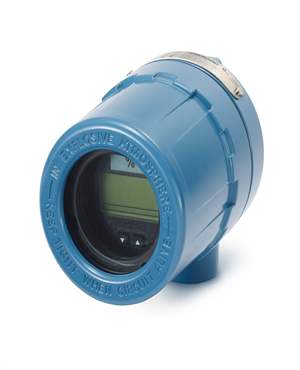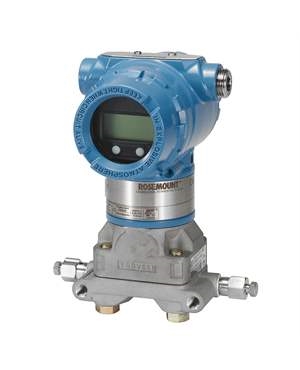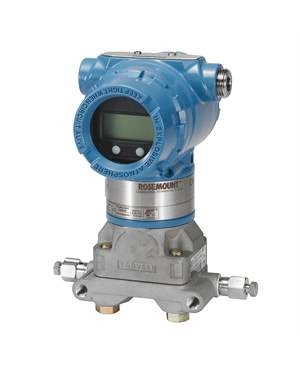All Important Questions on Control Valves Answered
Brian Craig
May 21, 2018
The valve industry has seen a tremendous growth in the last century. The valves have become an integral part of several industries, because they are specifically developed to meet typical requirements. The control valves are one of the important types of valves used in various process industries to meet flow requirements. How do they work? What is the principle of operation of the control valves? Do these questions bother you? This post answers all the important questions regarding control valves

Why are Control Valves Used?
Every process plant is made of several thousands of control loops, which are networked together to form a network. A control loop is designed to control the process variables such as flow, pressure, level, and temperature in a required range. Each of these loops are subjected to certain internal disturbances. These disturbances may affect the process variable. When a disturbed loop interacts with other loops, the result is often disastrous. Hence, various types of sensors and transmitters are used to collect the information on the process variables at a desired set point. The information collected by these devices are processed by the controller. It decides how to get the process variable back to its desired position after a disturbance. Once all the measurement, comparison, and the calculation is done, a final control element implements the action decided by the controller. The control valve is most often the final control element of the process industries.
In short, the control valve regularizes the flow of gas, water, steam, and chemical compounds, to compensate for the disturbance of the load. It helps keep the process variable close to the desired point.
Generally, the globe valves are used as the control valves. The ends of these valves are flanged, which aids in easy maintenance.
What is the Principle of Operation of a Control Valve?
The control valve features an actuator that is mounted on the valve. The valve usually modulates the flow of the fluid through the movement of the valve plug. This valve plug is attached to a valve stem that is connected to the actuator. This actuator is electrically or pneumatically operated, and it directs the stem movement as dictated by the control device, located externally.
- Electric Actuators: Driven by motors, these systems utilize an electric input signal to stir the rotation of the motor shaft. This rotation is translated into a linear motion, which drives the plug assembly, as well as the valve stem for the flow modulation.
- Pneumatic Actuators: These actuators create a modulating control action by utilizing a air signal from the external control device. The air signal is received into the actuator through a port, and it is distributed across the actuators diaphragm. This diaphragm creates pressure on the spring return assembly, as well as the diaphragm plate, which stirs the downward motion of the plug assembly and the valve stem, and strokes the valve.
What are the Common Problems Faced by the Control Valves?
If you notice that the control valve is not working as desired, then they may be facing any of the below mentioned problems.
- Improper or faulty accessories
- Loosening mechanical linkages
- An over or under sized actuator
- Excess friction on the valve actuator or the valve body
There might be several reasons affecting the performance of control valves. How to identify them? This is where you may require an expert’s intervention. The industry expert will understand your problem and give you a solution to overcome it.
Related Posts
- Causes & Solutions of Annoying Noise from Control Valves
- Understanding Industrial Control Valves and their Types
- All Important Questions on Control Valves Answered
- 3 Common Control Valve Maintenance Practices
- Know Everything About the Benefits, Applications, Types, and Automation of Control Valves
- How to Select the Right Control Valve for Your Process?
- Calibration of Control Valve Positioner: The Process Discussed
- Control Valve Actuators: Different Types and Failure Modes Discussed
- Calibration Guide for Fisher 3582 Pneumatic Positioner
- How to Do the Periodical Inspection and Maintenance of the Control Valve?
- Temperature Control Valve – Definition and Working Principle
- Reasons to Choose Remanufactured Instrumentation and Control Valves
- Single Acting vs. Double Acting Positioners: Pros and Cons
- Complete Hydrogen Gas Safety and Measurement Solutions
- Steam Boiler Drum Level Measurement A Comparison of Control System Technologies
- Furnace Flame Sensor Faults Everything You Need to Know for Safe Operation
- Comparison between Multi Valve Manifolds Block Valves and Bleed Valves
- Pneumatic Pressure Controllers: A Safe Choice for Hazardous Areas
- Furnace Flame Sensor Faults Everything You Need to Know for Safe Operation
- Pneumatic Pressure Controllers: A Safe Choice for Hazardous Areas
- How Can Greenhouse Gas Emissions Be Reduced?
- A Practical Guide to Vacuum Measurement and Operation
- Understanding Electrochemical Detection: Principles, Techniques and Environmental Application
QUICK ENQUIRY







